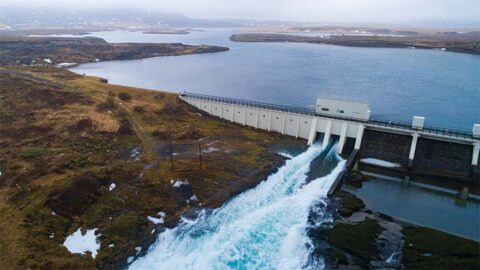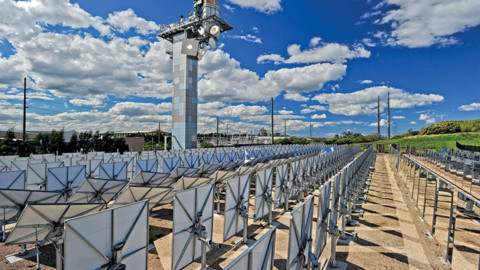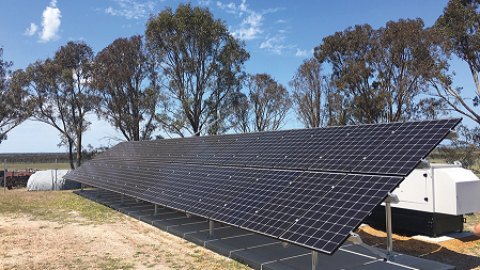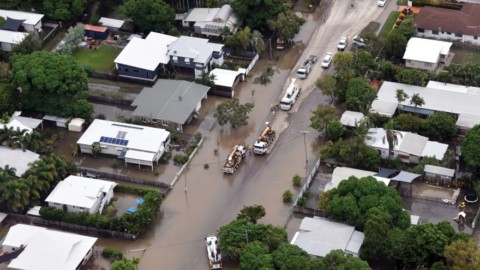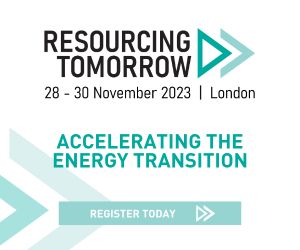By Sarah Kruger, Talent & Capability Lead, Accenture Australia and New Zealand
With mounting pressure to accelerate the energy transition, the spotlight is on energy and resources companies globally. As the key players responsible for leading the transition, these companies also have the critical task of continuing to power our communities. They are faced with a dual challenge: to create more sustainable business models and also to prepare their workforce for this change.
The process of transforming an entire workforce is proving to be one of the more significant hurdles of the energy transition, as both organisations and individual workers grapple with the competing societal, personal and financial challenges.
The latest United Nations Global Compact-Accenture CEO Study on Sustainability shows that CEOs in the energy and resources industries consider skills development a priority for achieving this transition. For energy companies in particular, the shift in workforce skills will see a more significant change, as workers take on a whole new toolbox of skills to make the switch from fossil fuels to renewable energy generation.
Right now, 75 per cent of energy CEOs are upskilling or reskilling their workforce to meet future labor needs. This can benefit companies by helping current employees stay competitive and valuable, attracting high-quality employees looking to continue to build their own skill sets, and educating the future generation of the workforce to ensure they have the skills needed for the future.
Business transformation cannot succeed without talent transformation
For energy and resources companies to maintain relevance and viability during and after the energy transition, an organisation-wide reinvention must take place. This kind of reinvention requires an investment in high quality training programs to increase digital skill knowledge for greater innovation and efficiency.
As these companies move away from legacy technology and embrace the cloud-enabled digital infrastructures needed to remain competitive, they require a workforce that is digitally capable across all aspects of their operations. While innovative technology is necessary to achieve rapid change, it’s only part of the solution. The most successful companies elevate people and put them at the centre of change.
Change is not necessarily for everyone
The reskilling required to power the energy transition, while ensuring the lights stay on for homes and businesses, is significant. However, for many workers who have spent their entire careers in the energy and resources industries, the adjustment required is deeply challenging.
For these workers, the future may seem uncertain as they face significant changes to a career path they may have been following since entering the workforce. This may generate a variety of emotions and lead to resistance to reskilling and attrition.
Companies need to recognise that some of their employees may be reluctant to participate in reskilling programs and may need significant support to adjust to workplace changes. There may also be a part of the workforce that does not require a significant change in skills at all. There is no “one size fits all” model to this transformation.
The opportunity is to build a workforce that is part of the solution
Building a supply chain of talent by attracting and retaining the best people will be critical as the industry is seeing a reduction in young professionals entering careers in energy. Research shows that people are looking for work with environmental purpose, with more than eight in ten women and seven in ten men saying they want to play a role in tackling climate change.
The creation of new roles along with investment in learning are both critical, particularly in the context of the energy transition and the evolving change in the labor market. Finally, responsible leadership that acts with curiosity, compassion and courage will play a crucial role supporting the workforce during this transition.
The length of the energy transition provides organisations with the time needed to analyse their strategies and assess what skills are needed now and into the future. Ensuring their workforce grows at the same trajectory as the market is a common challenge amongst organisations and requires focus on both growing and acquiring talent.
Research by Accenture has shown that many workers across the energy industry are eager to further their careers using their existing expertise. With the goal to retain and reskill employees, energy and resources companies can use applied intelligence – a combination of artificial intelligence, data and analytics – to map out new roles and the skills required.
Further, as an organisation continues to go through changes over time, applied intelligence can enable real-time updates to skill and role repositories as well as identifying declining or emerging roles through skills proximity analysis.
Diversity matters more than ever
While there may be new roles and career paths on the horizon, this isn’t to say that the current workforce will become redundant. Instead they should be considered a much needed part of the future workforce and be valued for the richness of experience they offer.
A robust talent strategy should focus on inclusion, diversity and equity as drivers of growth, brand and community impact. ID&E creates value for the entire workforce, for customers, shareholders and communities.
Diverse teams can foster innovation and new market opportunities, as well as open new pathways for attracting, engaging and retaining talent. With new talent strategies, energy and resources companies can ensure a supply chain of talent that is equipped to manage the current market and evolve with future market changes.
To understand the skills of tomorrow, energy and resources leaders should begin collaborating with their workforces today. With tools like applied intelligence, organisations can maximise the value from their existing workforce data and utilise this to consider existing skills, abilities and interests. This data is critical in building a resilient workforce capable of both proceeding through the energy transition and progressing into the future.



